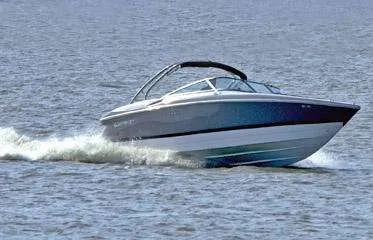Kansas Forest Service, USDA promote buying and burning locally
MANHATTAN, Kan. — Whenever you purchase or harvest firewood, it’s a good idea to burn it within about 50 miles of where you obtain it. This reduces the risk of spreading tree disease and insect pests.
Cut wood is predominantly used for outdoor cooking in the summer as well as in fireplaces and wood-burning stoves in the winter. For the most part, our parents and grandparents didn’t give a second thought to driving a trailer or pickup a couple hundred miles, loading up on wood, and bringing it back home. But that thinking has changed in recent years.
“Any time you move firewood, you’re increasing the risk of moving both known and unknown forest pests and diseases that could threaten the trees in your community, as well as rural forests and even farm windbreaks,” said Ryan Armbrust, a community forester with the Kansas Forest Service. “Insects and disease pathogens can hitch a ride on that firewood and move a lot farther a lot faster than they ever could through natural spread.”
Armbrust cites the twig beetle as a textbook example. Twig beetles are known for spreading canker disease to black walnut trees. “The twig beetle is a very poor flyer — it’ll maybe fly a quarter of a mile on a good day,” said Armbrust. “But if you have a walnut log on the back of a trailer moving down the interstate at 70 miles an hour? There’s no limit to where it could go.”
The technical term for this is human-vectored movement — when people unwittingly become taxi drivers for animals, insects, plants or disease pathogens. These drivers won’t realize any income from their passengers, however, and the cost to their local environment could be staggering.
The most famous example of this is Dutch Elm disease. Totally alien to the United States at the turn of the last century, the disease arrived with European beetles that hitched a ride on a load of logs shipped to Ohio around 1930. The unstoppable, incurable disease spent the next several decades spreading throughout the New England area, before moving south and west. Millions of elm trees in community parks, urban areas and home landscapes were lost.
The ounce of prevention to this can be summed this way: “Buy it where you burn it.”
Conversely, if you’re traveling more than 50 miles to a camp site or a getaway cabin, wait until you arrive to seek out a local source of wood.
“Try to keep it within 50 miles, is what we ask,” Armbrust said. “But realize that there’s the compounding factor of regulatory boundaries. Most often those will be state lines. It’s 30 miles from Pittsburg, Kansas, to Joplin, Missouri, but there’s a state line you cross, which means different state regulations.”
The Kansas Department of Agriculture regulates commercial firewood sales on this side of the border. When purchasing packaged firewood, look for labeling.
“If it’s prepackaged firewood there’s usually going to be a USDA label or stamp, and potentially a Kansas Department of Agriculture label or stamp, as well. The labels will certify the origin of the wood, and that it’s been heat treated to reduce the risk of any sort of insects or diseases.”
Beyond that, Armbrust cautions that it’s the little things that can sometimes make the biggest difference. “Say you’re going to a cabin in the mountains for a week or two, you buy firewood when you get there. You’re loading up to go back home and you think, ‘I have a few pieces of wood left over, I’ll take them back home for the fireplace.’”
“It’s those few sticks of leftover wood tend to travel the farthest,” he said.
For more information on wise firewood practices, visit DontMoveFirewood.org.




